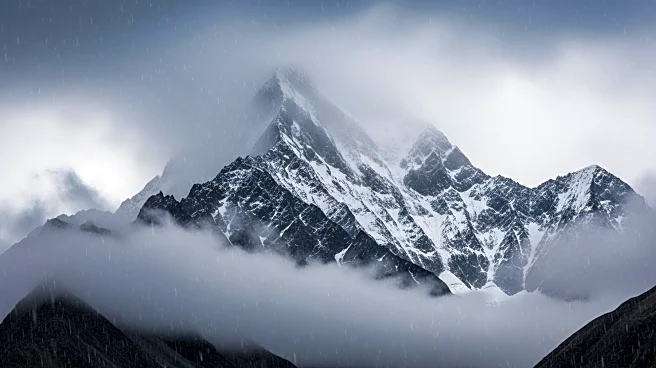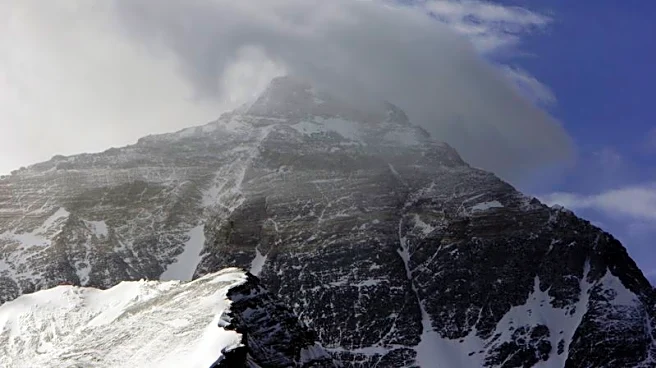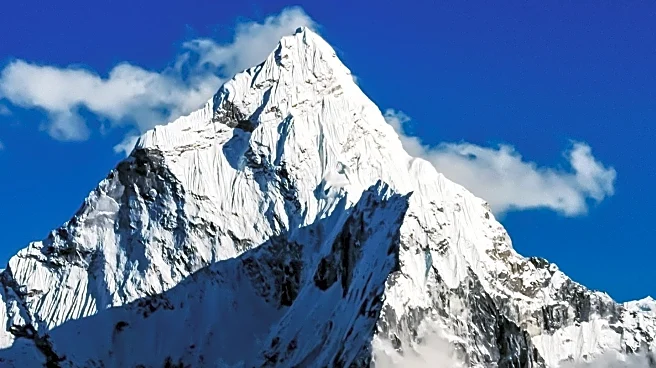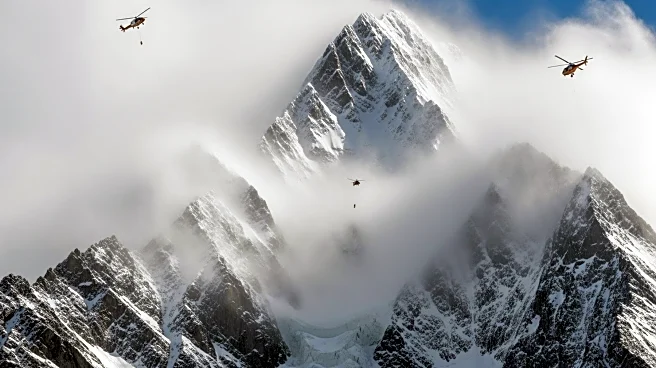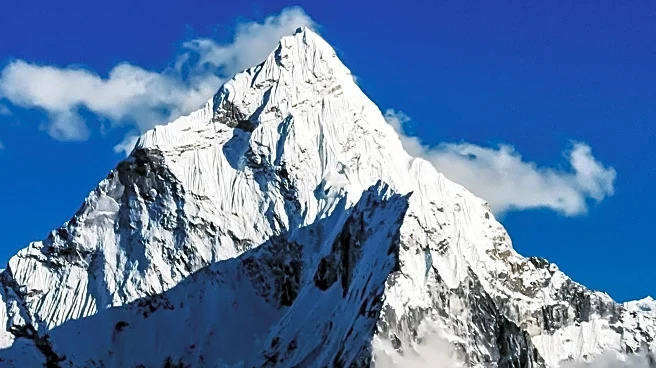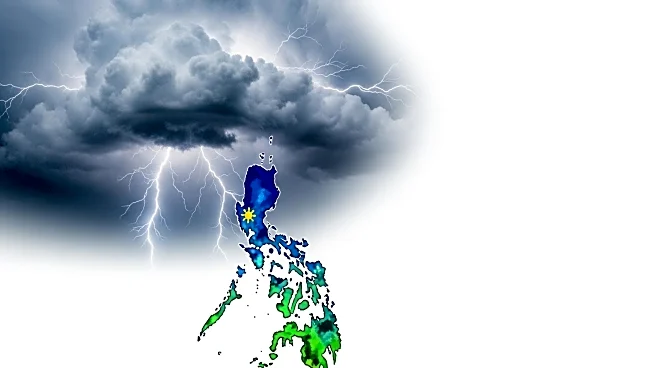What's Happening?
A sudden and heavy snowfall has trapped hundreds of hikers on the Tibetan slopes of Mount Everest. The snowfall began on Friday evening and continued through Saturday, leading to deep snow accumulation in the Karma Valley, which is a popular trekking route to the eastern face of Everest. Over 200 hikers remain stranded, while approximately 350 have been rescued. Local Tibetan villagers and rescue teams are actively involved in the search and rescue operations. The unusual weather conditions have complicated rescue efforts, as rescuers need to clear snow to make paths. Some hikers have been able to contact authorities, and rescue teams are working to ensure all stranded individuals are brought to safety.
Why It's Important?
The incident highlights the unpredictable nature of weather conditions in high-altitude regions like Mount Everest, which can pose significant risks to trekkers and climbers. The heavy snowfall during a national holiday in China, when many tourists are likely to be trekking, underscores the need for improved weather forecasting and emergency preparedness in such areas. The situation also emphasizes the critical role of local communities and rescue teams in responding to emergencies in remote locations. The economic impact on the local tourism industry could be significant, as such incidents may deter future visitors concerned about safety.
What's Next?
Rescue operations are ongoing, with local villagers and rescue teams working tirelessly to reach all stranded hikers. The focus will be on ensuring the safety of those still trapped and providing necessary supplies and medical assistance. Authorities may review and enhance safety protocols and emergency response strategies for trekking routes in the region. The incident may prompt discussions on the need for better infrastructure and communication systems to handle emergencies in remote mountainous areas.
Beyond the Headlines
The event raises questions about the impact of climate change on weather patterns in high-altitude regions, potentially leading to more frequent and severe weather events. It also highlights the ethical responsibility of tour operators to ensure the safety of their clients by providing accurate weather information and emergency plans. The reliance on local communities for rescue efforts underscores the importance of supporting and training these groups to handle such situations effectively.


